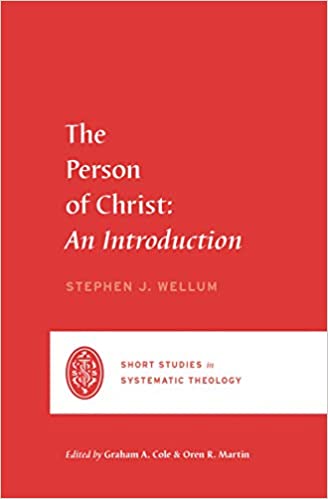A Brief Book Summary from Books At a Glance
Table of Contents
Introduction: Who Do You Say That Jesus Is?
Part 1: Biblical Foundations
1 Approaching Scripture on Its Own Terms to Identify Christ
2 The Identity of Christ from the Bible’s Storyline
3 Who Does Jesus Say That He Is?
4 The New Testament Witness to Christ
Part 2: Theological Formulation
5 The Road to the Chalcedonian Definition of Christ
6 Post-Chalcedonian Clarifications regarding Christ
7 Current Challenges to Christological Orthodoxy
Part 3: Theological Summary
8 Jesus as God the Son Incarnate
9 Recovering the Centrality of Christ
Summary
Introduction
Even though Jesus is the most extraordinary and consequential figure in all of history, many people are still confused about who he is. The question Jesus asked his disciples is still relevant: “Who do people say that I am?” (Mark. 8:27). We need to conform our understanding of Jesus to the way that he is revealed in Scripture. Jesus is the divine Son incarnate, the second person of the Trinity; he is the Word made flesh. Because of his person and work, only Jesus can be Lord and Savior. Knowing him, therefore, is a matter of life and death. A lack of understanding who Jesus is has led to a host of doctrinal errors in today’s church. We need to know who Jesus is, why he’s unique, and how we are to think theologically about him. To know Jesus according to Scripture is to know him in his power and glory. This will enable us to trust him more and also defend the biblical, theologically orthodox view of who he is.
Chapter 1: Approaching Scripture on Its Own Terms to Identify Christ
That Jesus of Nazareth is “God the Son incarnate and thus the only Lord and Savior” has been the consistent confession of the church throughout history, and this doctrinal understanding is based on God’s revelation in Scripture. Christology is to be done from above; God reveals to us in the Bible what we need to know about Jesus. Forming a Christology from above fell out of favor with rationalism and the Enlightenment, and such disfavor continues in postmodern and secular thinking today. Christology from below does not operate with the presupposition of the biblical-theistic worldview, and it tries to reconstruct what we can know about Jesus from a historical-critical reading of Scripture. Often the worldview framework is naturalism, and the intellectual study relies on the principles of methodological naturalism. This approach to Christology will never gain objective truth and will always lead to skeptical or arbitrary conclusions about Jesus (as the quests for the historical Jesus demonstrate). We need God to reveal both the historical facts and the theological significance of those facts. Christology from below also abstracts Jesus from the Bible’s narrative structure and God’s overall plan, without which the person and work of Christ will not be coherent. To speak truly about Christ, we cannot remove him from the proper interpretive grid given by God. Isolating Jesus from Scripture and its worldview can only lead to error.
None of these Christologies from below can adequately support Christians in their faith. Thankfully, the triune God in his word gives us what we need to know and confess about Jesus as God the Son incarnate. We can engage in theological formulation on the basis of God’s revelation. We can interpret biblical texts intratextually, using all of Scripture to see who Jesus is, since all Scripture is breathed-out by God. There is no distinction between the Jesus of history and the Christ of faith. Scripture is first and primary, and theological formulation is second. We should also check our work against historical theology, creeds, and confessions. . . .
[To continue reading this summary, please see below....]The remainder of this article is premium content. Become a member to continue reading.
Already have an account? Sign In
